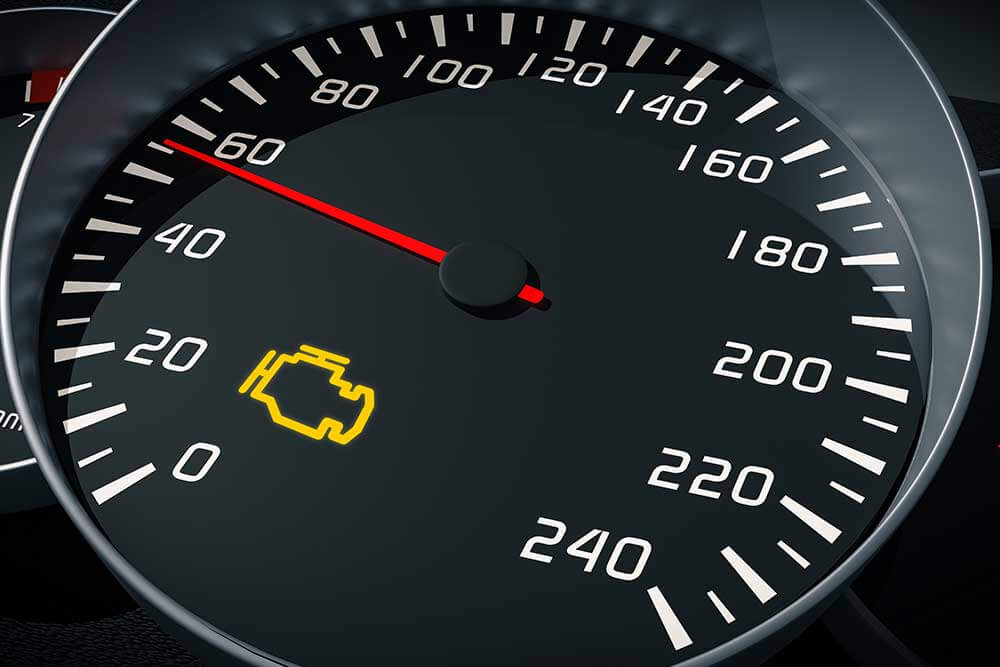The check engine light on your vehicle’s dashboard is one of the most concerning warning indicators, signaling potential issues that could lead to costly repairs. It’s more sophisticated than it seems, as the car tries to correct problems autonomously before triggering the light. Once the issue is beyond self-repair, the light illuminates and stores a code in the vehicle’s computer. This code helps mechanics pinpoint the problem using diagnostic tools. Though the car may continue running as usual, the underlying issue can affect fuel economy and emissions, and ignoring the light can lead to further damage.
The first step when the check engine light comes on is to distinguish whether it’s the check engine light or another service light, which typically signals routine maintenance like an oil change. The owner’s manual provides clarity on what each warning light represents. If the check engine light is on, several issues could be at play, and it’s important not to ignore it, as it could be the start of more serious problems.

A common cause of the check engine light turning on is a loose or damaged gas cap. This small but critical part helps maintain the pressure in the fuel system and prevents fuel vapors from escaping. If the cap is missing or not properly sealed, it can trigger the light, but the fix is simple: tightening or replacing the cap may resolve the issue. Another common culprit is a faulty oxygen sensor, which helps regulate the fuel-to-air ratio in the engine. A malfunctioning oxygen sensor can reduce fuel efficiency, increase emissions, and potentially damage parts like the catalytic converter, which can be costly to repair.
Other reasons for the check engine light could be related to the vehicle’s emissions system, including issues with the catalytic converter or exhaust gas recirculation valve. These parts are essential for reducing harmful emissions and ensuring the vehicle meets environmental standards. Problems here can also lead to a failed emissions test, which could prevent you from renewing your registration. More serious causes include engine malfunctions, such as worn spark plugs or misfires, which could lead to major engine failure. Timely attention is crucial to avoid further damage and expensive repairs.
It’s essential to treat the check engine light as a serious alert. Even if the problem appears minor, ignoring it could lead to more significant issues, as your vehicle can’t notify you of additional problems that might arise while the engine light is on. Problems with critical systems such as the powertrain, air filter, fuel delivery, or ignition systems could also trigger the light, and delaying repairs can put both the vehicle and your safety at risk.
If the check engine light turns on, it’s best not to panic but to address the issue as soon as possible. First, check your gas cap to see if it’s loose or missing, as this can often solve the problem. If tightening or replacing the cap doesn’t work, take your car to a trusted mechanic. They can run a diagnostic scan to identify the issue and prevent further damage. Regular maintenance, such as timely oil changes and addressing the check engine light promptly, can help avoid costly repairs and keep your car running smoothly for years.

